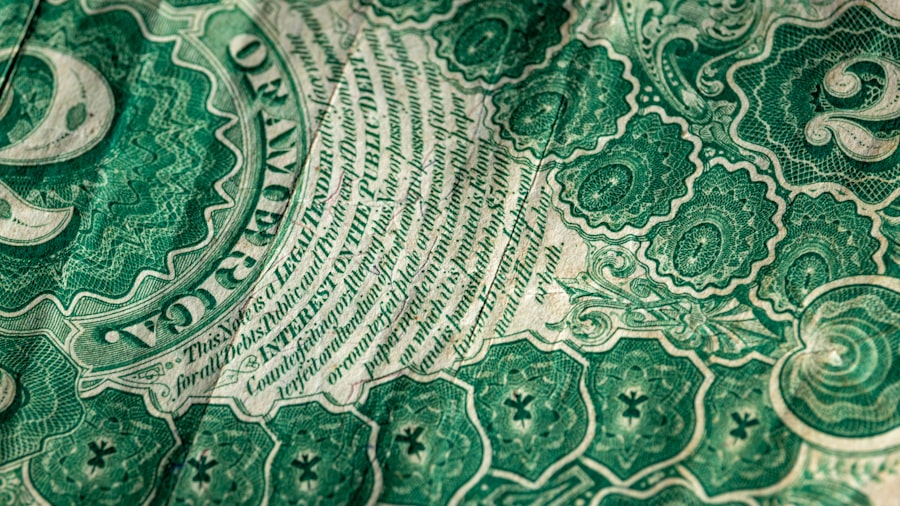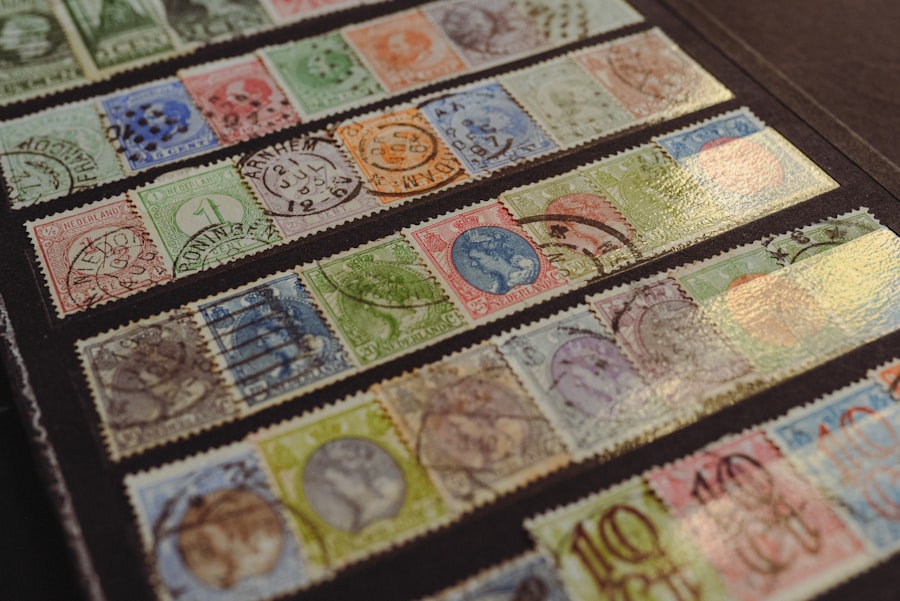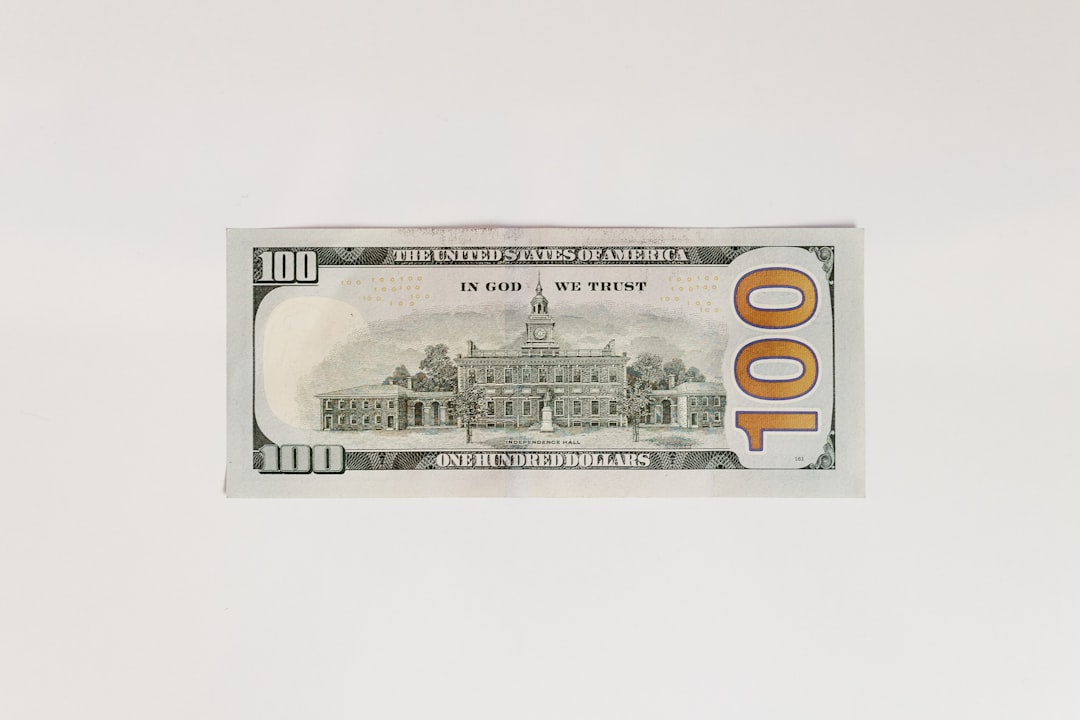As you navigate the complex landscape of global finance, you may find yourself pondering the remarkable dominance of the U.S. dollar. This currency, often referred to as the world’s reserve currency, plays a pivotal role in international trade, investment, and economic stability.
Its influence extends far beyond the borders of the United States, shaping financial systems and policies across the globe. Understanding the factors that contribute to the dollar’s supremacy is essential for grasping the intricacies of modern economics and international relations. The dollar’s dominance is not merely a product of chance; it is the result of a confluence of historical events, economic policies, and geopolitical strategies.
As you delve deeper into this topic, you will uncover the layers of history that have solidified the dollar’s position at the forefront of global finance. From its early days to its current status, the journey of the dollar is a fascinating tale of resilience and adaptation in an ever-changing world.
Key Takeaways
- The dollar’s dominance as the world’s currency has historical roots and has been shaped by various factors over time.
- The United States played a significant role in establishing the dollar as the world’s currency, and the Bretton Woods Agreement further solidified its position.
- The dollar’s influence on global trade and finance is substantial, impacting international transactions and financial markets.
- Despite its supremacy, the dollar faces challenges from other currencies and geopolitical shifts that could impact its future status.
- The future of the dollar as the world’s currency and its relationship with other currencies will continue to have significant implications for the global economy.
Historical Background of the Dollar’s Ascendancy
To fully appreciate the dollar’s current standing, it is crucial to explore its historical background. The dollar was established as the official currency of the United States in 1792, but its rise to global prominence began in earnest after World War
In the post-war era, the Bretton Woods Conference of 1944 marked a significant turning point. Delegates from 44 nations convened to create a new international monetary system that would promote stability and prevent the economic turmoil that had characterized the interwar years. The outcome was a system that pegged other currencies to the dollar, which was itself convertible to gold at a fixed rate.
This arrangement not only solidified the dollar’s status but also established it as a linchpin in global trade and finance.
Factors Contributing to the Dollar’s Rise

Several factors have contributed to the dollar’s rise as the dominant global currency. One of the most significant is the size and strength of the U.S. economy. As you consider this aspect, it becomes clear that a robust economy provides a solid foundation for a currency’s value. The United States has consistently been one of the largest economies in the world, characterized by innovation, productivity, and a diverse range of industries. This economic strength instills confidence in investors and foreign governments alike, encouraging them to hold and transact in dollars. Another critical factor is the stability of U.S. political institutions and its legal framework. The rule of law, transparency, and a relatively stable political environment make the United States an attractive destination for foreign investment. When you think about where to place your money, you likely prioritize safety and predictability—qualities that are abundant in the U.S. system. This perception further enhances demand for dollars, reinforcing its status as a safe haven during times of uncertainty.
The Role of the United States in Establishing the Dollar as the World’s Currency
| Year | Event |
|---|---|
| 1944 | Signing of the Bretton Woods Agreement |
| 1945 | Creation of the International Monetary Fund (IMF) |
| 1944-1971 | Period of the Bretton Woods system |
| 1971 | Nixon Shock – End of the gold standard |
| 1973 | Introduction of the floating exchange rates |
| 1999 | Euro introduced as a rival to the US dollar |
| 2008 | Global financial crisis and the role of the US dollar |
The United States has played an instrumental role in establishing and maintaining the dollar’s status as the world’s primary currency. Through strategic economic policies and diplomatic efforts, it has fostered an environment conducive to dollar dominance. For instance, U.S.
When you consider how military might can influence economic relationships, it becomes evident that U.S. foreign policy has often been intertwined with its currency’s status. Moreover, American financial institutions have developed into some of the most influential entities in global finance. Wall Street serves as a hub for international investment and capital flows, attracting participants from around the world. As you explore this dynamic, you may recognize that access to U.S. markets and financial products further cements the dollar’s position as a preferred currency for transactions and reserves.
The Impact of the Bretton Woods Agreement on the Dollar’s Dominance
The Bretton Woods Agreement was a watershed moment in establishing the dollar’s dominance on the world stage. By creating a system where currencies were pegged to the dollar, which was convertible to gold, it effectively positioned the dollar as the backbone of international trade. As you reflect on this arrangement, consider how it facilitated stability in exchange rates and reduced uncertainty for countries engaged in cross-border transactions.
However, this system was not without its challenges. As global economies grew and trade expanded, pressures mounted on the fixed exchange rate system. The U.S.
found itself facing balance-of-payments deficits, leading to concerns about its ability to maintain gold convertibility.
This transition marked a significant shift in how currencies interacted with one another and underscored the dollar’s adaptability in response to changing economic realities.
The Dollar’s Influence on Global Trade and Finance

The influence of the dollar on global trade and finance cannot be overstated. As you engage with international markets, you will likely notice that many commodities—such as oil, gold, and agricultural products—are priced in dollars. This practice creates a natural demand for dollars among countries seeking to import these goods, further entrenching its role as a global currency.
Additionally, many countries hold substantial reserves of dollars as part of their foreign exchange holdings. This practice not only provides a buffer against economic shocks but also reinforces confidence in their own currencies. When you consider how central banks manage their reserves, it becomes clear that holding dollars is often seen as a prudent strategy for maintaining economic stability.
Challenges to the Dollar’s Supremacy
Despite its enduring dominance, the dollar faces several challenges that could threaten its supremacy in global finance. One significant challenge comes from emerging economies seeking to assert their own currencies on the world stage. Countries like China have made concerted efforts to promote their currencies—such as the yuan—as alternatives to the dollar for international trade and investment.
As you observe these developments, you may recognize that shifts in economic power can lead to changes in currency dynamics. Moreover, geopolitical tensions can also impact confidence in the dollar. Sanctions imposed by the U.S., for instance, can lead countries to seek alternatives to avoid reliance on a currency that can be weaponized against them.
As you consider these factors, it becomes evident that while the dollar remains dominant today, its future is not guaranteed.
The Future of the Dollar as the World’s Currency
Looking ahead, you may wonder what lies in store for the dollar as the world’s primary currency. While it currently enjoys unparalleled status, several trends suggest potential shifts on the horizon. The rise of digital currencies and blockchain technology presents both opportunities and challenges for traditional fiat currencies like the dollar.
As central banks explore digital currencies, you might find yourself contemplating how these innovations could reshape monetary systems and alter perceptions of value. Additionally, ongoing geopolitical shifts may influence how countries approach their currency reserves and international transactions. If nations increasingly seek alternatives to the dollar due to political or economic motivations, it could lead to a gradual erosion of its dominance over time.
However, predicting such changes is fraught with uncertainty; thus, remaining informed about global economic trends will be essential for understanding how these dynamics unfold.
The Relationship Between the Dollar and Other Currencies
The relationship between the dollar and other currencies is complex and multifaceted. As you analyze this interplay, you’ll notice that fluctuations in exchange rates can have far-reaching implications for trade balances and economic growth across nations. For instance, when the dollar strengthens against other currencies, U.S.
exports may become more expensive for foreign buyers, potentially impacting American manufacturers. Conversely, a weaker dollar can make U.S. goods more competitive abroad but may also lead to inflationary pressures domestically as imports become pricier.
Understanding these dynamics is crucial for anyone engaged in international business or investment decisions; they highlight how interconnected our global economy truly is.
The Dollar’s Role in Geopolitical Power and Influence
The dollar’s status as a global currency extends beyond mere economics; it is also deeply intertwined with geopolitical power and influence. As you consider this relationship, think about how countries leverage their currency for diplomatic purposes or economic sanctions. The ability to impose financial restrictions through control over dollar transactions gives nations significant leverage in international relations.
Moreover, countries that hold substantial dollar reserves often find themselves with increased bargaining power on the global stage. When you reflect on how financial resources can translate into political influence, it becomes clear that maintaining control over a dominant currency can shape alliances and rivalries alike.
Implications of the Dollar’s Status for the Global Economy
In conclusion, understanding the implications of the dollar’s status as the world’s primary currency is essential for grasping contemporary economic dynamics. Its dominance has shaped global trade patterns, influenced financial markets, and affected geopolitical relationships for decades. As you navigate this intricate landscape, consider how shifts in currency dynamics could impact not only individual nations but also collective efforts toward economic stability and growth.
While challenges loom on the horizon—ranging from emerging currencies to technological innovations—the dollar remains resilient due to its deep-rooted historical significance and ongoing demand in international markets. As you reflect on these themes, remember that staying informed about developments related to currency dynamics will be crucial for anyone seeking to understand or engage with our increasingly interconnected world.
The journey of the dollar becoming the world’s dominant currency is a fascinating tale of economic strategy and historical events. A related article that delves into this topic can be found on Hey Did You Know This, which provides insights into the pivotal moments and policies that elevated the dollar to its current status. For a deeper understanding, you can explore the article by visiting this page. This resource offers a comprehensive overview of the factors that contributed to the dollar’s global prominence, including the Bretton Woods Agreement and the role of the U.S. economy in the post-World War II era.
WATCH IT HERE! 💰 The Secret History of the Dollar: How Oil Replaced Gold (The Petrodollar Mystery)
FAQs
What is the history of the dollar becoming the world’s currency?
The dollar’s rise to becoming the world’s currency can be traced back to the Bretton Woods Agreement in 1944, which established the US dollar as the world’s primary reserve currency.
What factors contributed to the dollar becoming the world’s currency?
Several factors contributed to the dollar’s status as the world’s currency, including the strength and stability of the US economy, the size and liquidity of US financial markets, and the political and military influence of the United States.
How does the dollar’s status as the world’s currency impact global trade and finance?
The dollar’s status as the world’s currency has significant implications for global trade and finance, as it is used as the primary currency for international transactions and serves as a benchmark for commodity prices and financial markets.
What are the advantages and disadvantages of the dollar being the world’s currency?
Advantages of the dollar’s status include stability and liquidity in global markets, while disadvantages include potential vulnerability to economic and political changes in the United States.
Is the dollar likely to maintain its status as the world’s currency in the future?
While the dollar’s status as the world’s currency is currently strong, there are ongoing discussions and debates about the potential for other currencies, such as the euro or Chinese yuan, to challenge its dominance in the future.
